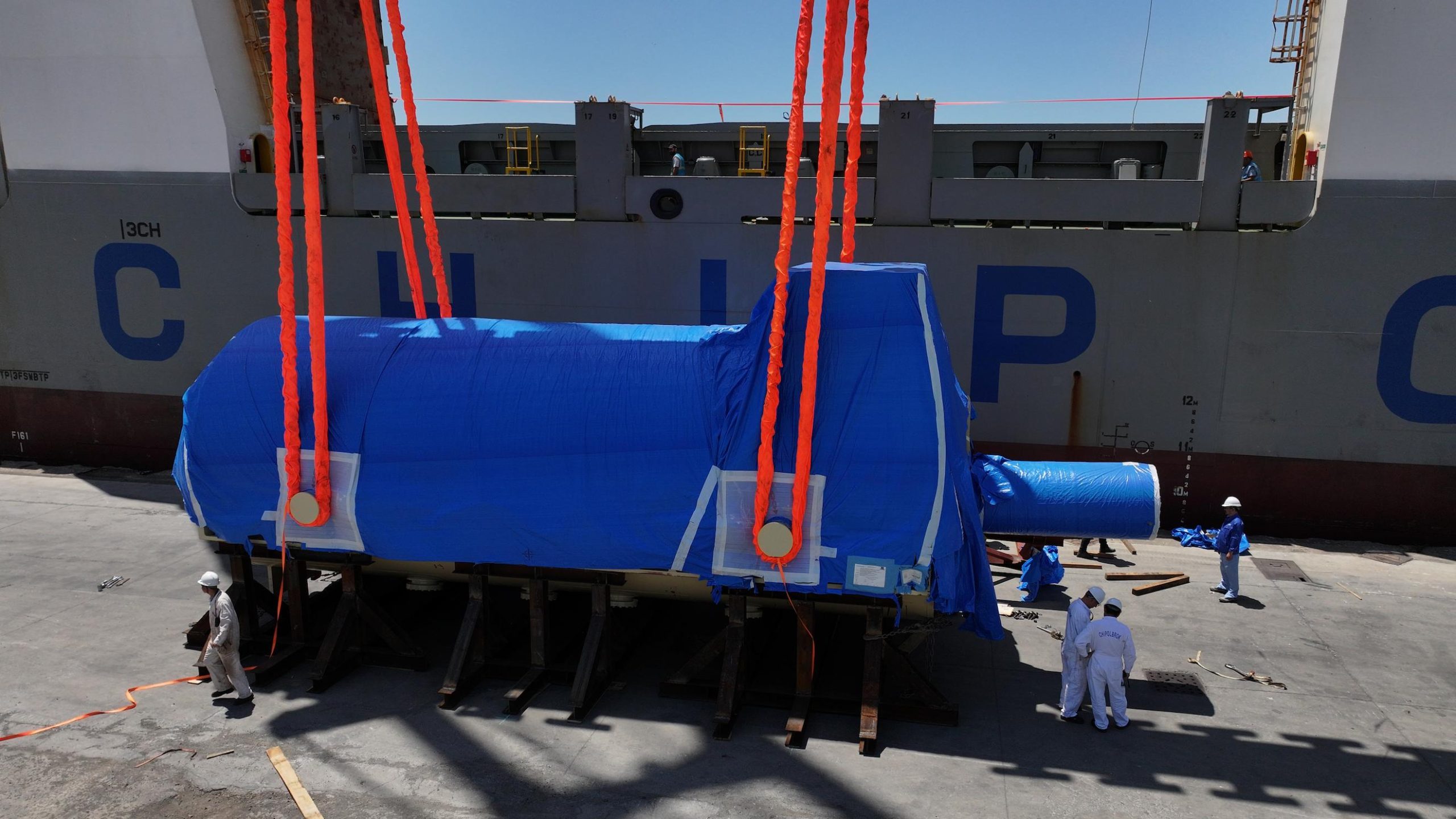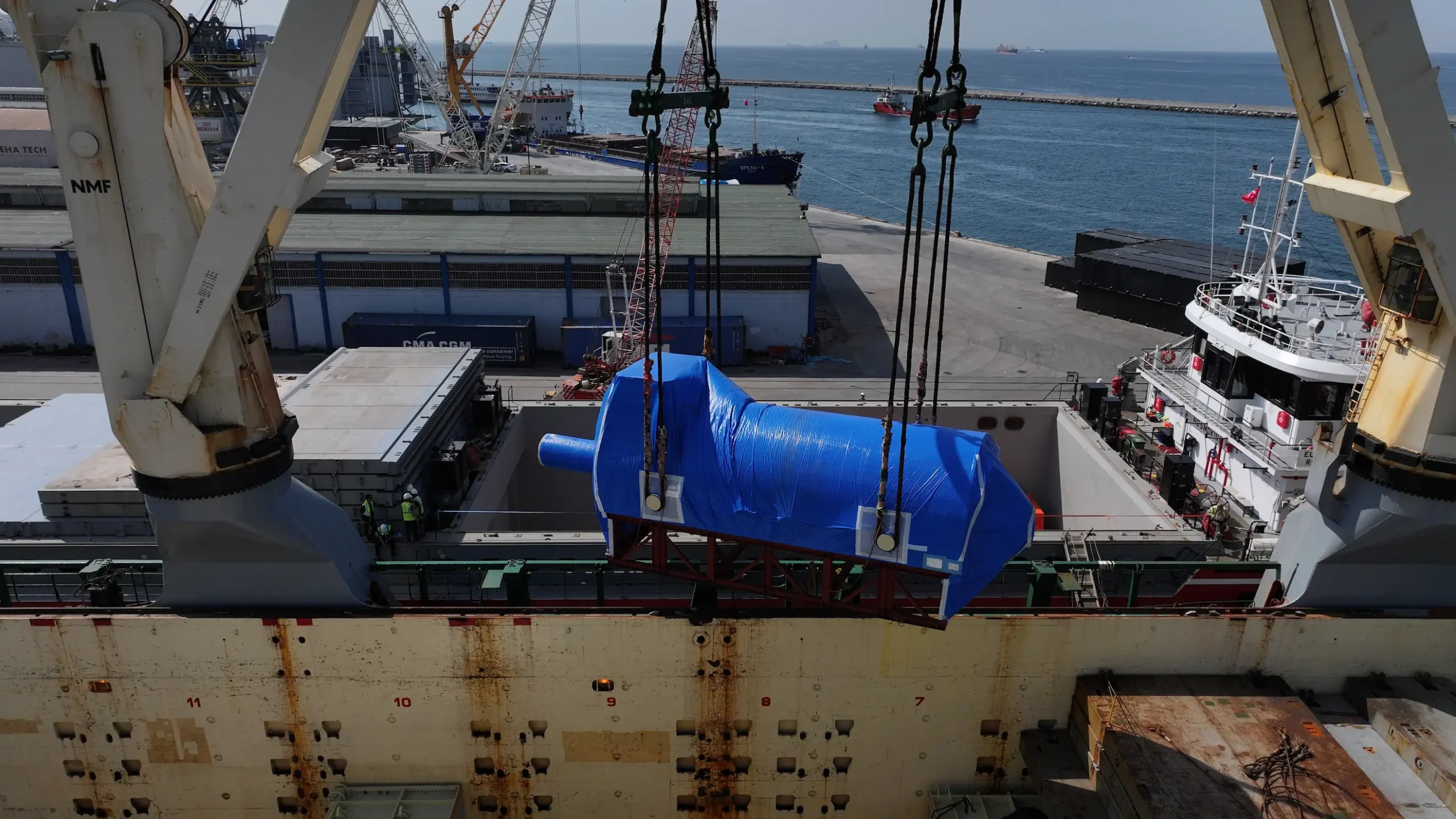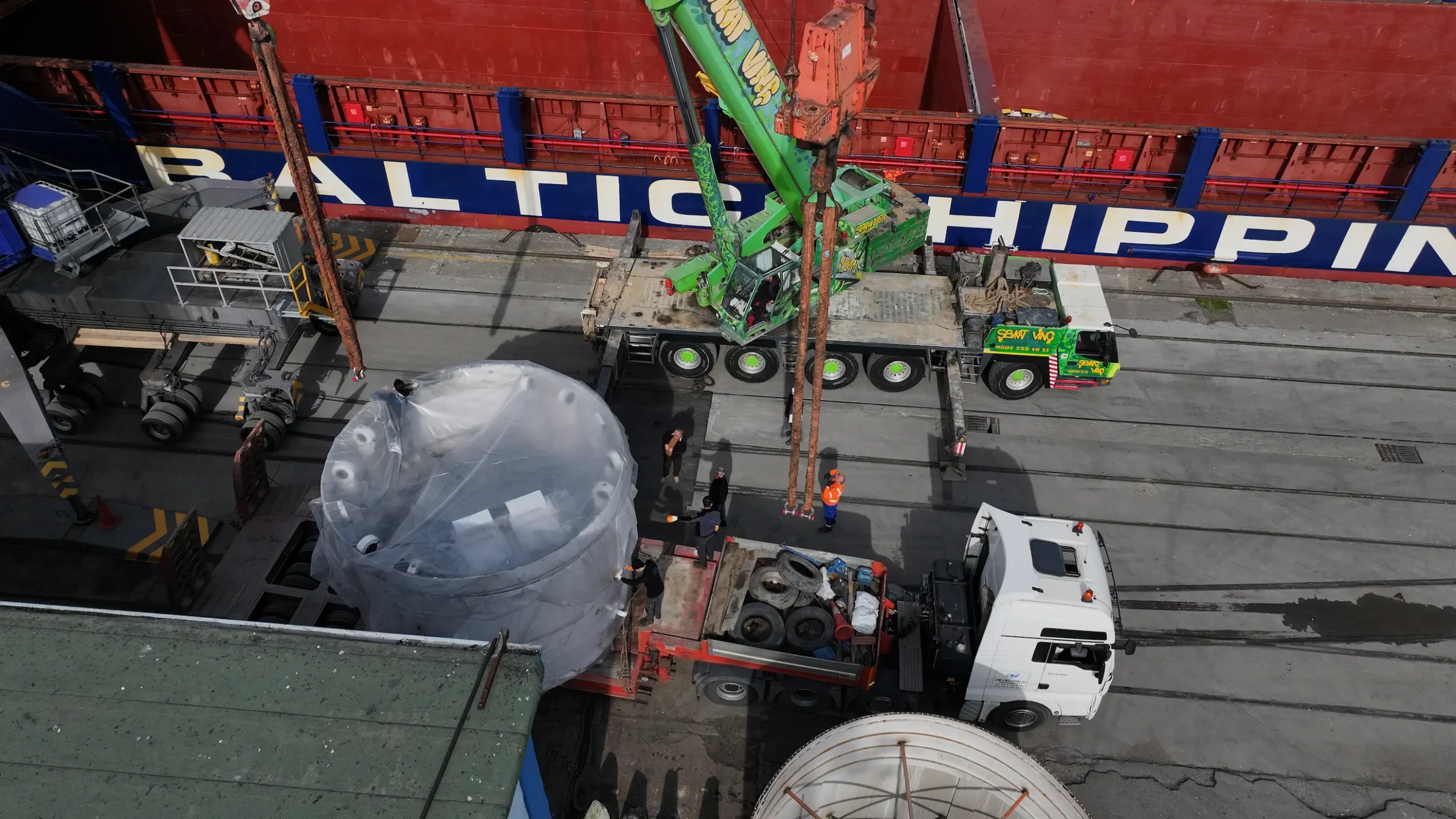Lashing Equipment Selection
In the logistics sector, the selection of lashing equipment plays a critical role in ensuring the safe transport of loaded cargo. Choosing the right lashing equipment during the transportation process not only optimizes costs but also enhances operational safety. In this article, we will examine the key factors to consider when selecting lashing equipment.
What is Lashing Equipment?
Lashing equipment refers to materials used to restrict the movement of loaded cargo and ensure it is securely fastened. This equipment is particularly crucial in maritime and road transportation. Key cargo securing equipment includes:
- Ratcheting Straps: Adjustable to different tension levels, these straps are preferred for transporting medium-weight loads and are very practical to use.
- Chains and Hooks: Ideal for securing heavy loads, chains are made from high-strength steel and are commonly used in heavy industrial transportation.
- Tensioning Devices: Used for securing metal structures, these devices are suitable for maintaining the position of loads and preventing movement.
- Corner Protectors and Guards: Used at the corners of loads, this equipment prevents damage to both the cargo and the lashing materials.
Factors to Consider When Selecting Lashing Equipment
1. Weight and Size of the Load
The weight and size of the load are crucial factors in the selection of lashing equipment. For heavy loads, chains and steel tensioning systems are preferred, while nylon straps are more suitable for lighter loads. Additionally, the shape and size of the load determine the type of equipment to be used. Different lashing equipment should be chosen for flat surfaces versus round or irregularly shaped loads.
2. Mode of Transport
Different cargo securing equipment is used for maritime, road, or rail transport. In maritime transport, materials resistant to saltwater should be chosen. For road transport, equipment resistant to vibrations and sudden stops should be used. Rail transport requires strong securing systems to keep loads stable over long distances.
3. Material Quality
The quality of the materials used in lashing equipment is vital for safe transport. Durable materials such as stainless steel and high-strength plastic are long-lasting. Additionally, resistance to wear and tear provides cost advantages in the long term.
4. Certification and Standards
The equipment used must comply with international lashing standards and certifications. This ensures the safety of both the cargo and the workers. Equipment meeting standards like ISO 1161 and EN 12195 enhances safety levels in transportation.
5. Environmental Conditions
Environmental conditions during transport are also an important factor in selecting lashing equipment. For instance, in maritime transport, saltwater and humidity can cause equipment to rust. In such cases, stainless steel or galvanized equipment should be preferred. Materials that retain flexibility in extreme hot or cold weather should also be used.
6. Duration and Frequency of Logistics Operations
For companies engaged in regular transportation, it is important to choose durable and long-lasting lashing equipment. While more economical options may be preferred for one-time shipments, companies involved in continuous transport can save in the long run by investing in high-quality equipment.
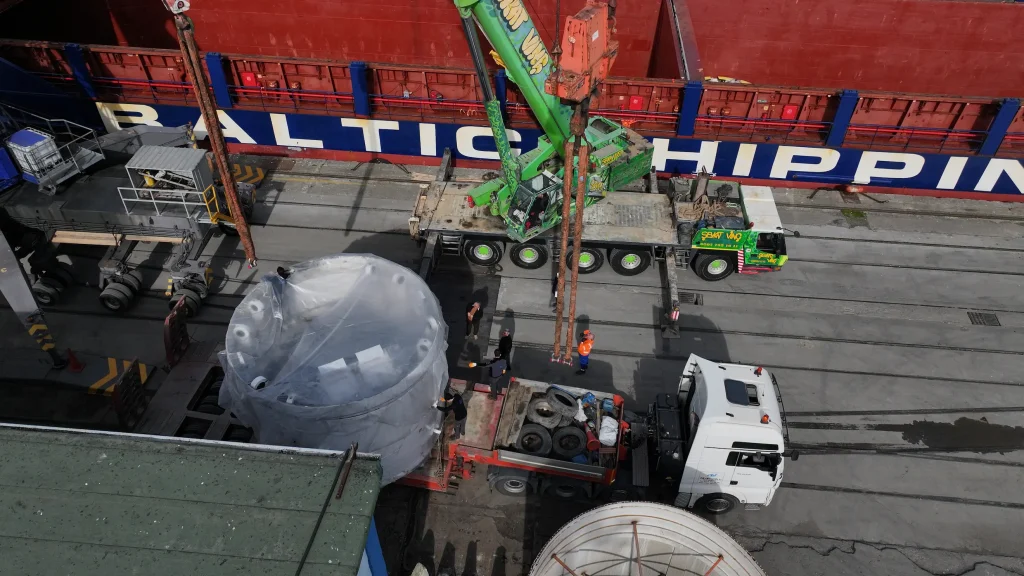
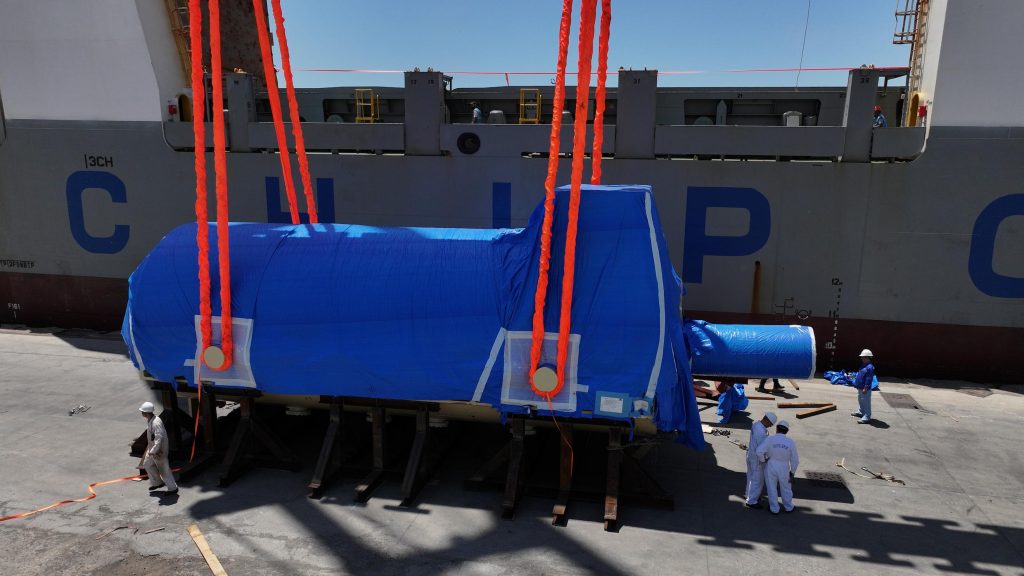
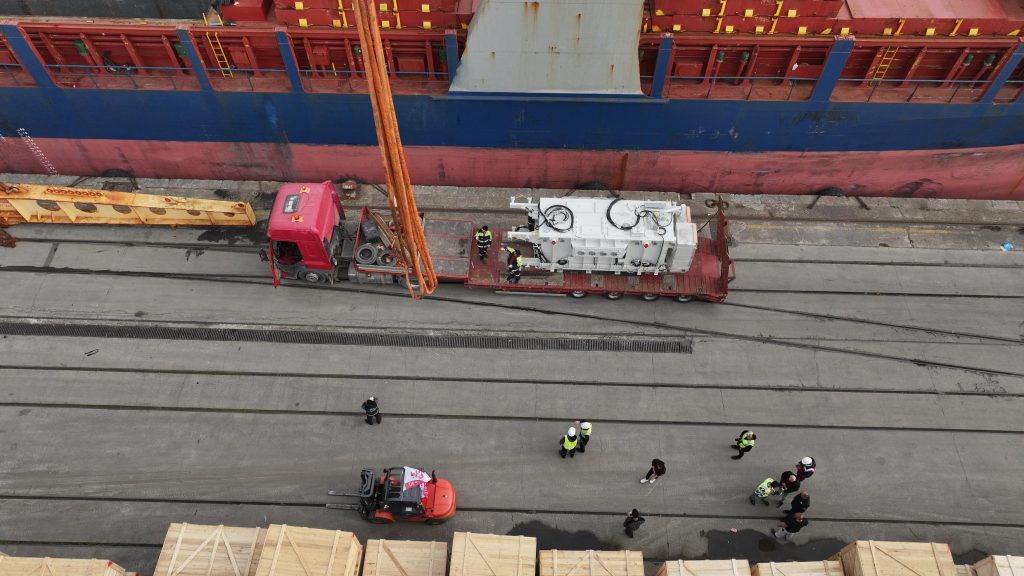
Advantages of Choosing the Right Lashing Equipment
- Safety: Using the correct equipment reduces the risk of accidents during transportation. Incidents such as cargo shifting or tipping over are prevented.
- Cost Efficiency: Selecting appropriate equipment lowers costs by reducing the risk of damage. Cargo damage and insurance costs are minimized.
- Efficiency: Easy installation and removal save labor and time, speeding up operational processes.
- Long-Term Use: High-quality lashing equipment requires less maintenance and replacement over time, providing cost advantages.
- Compliance and Standards: Using certified equipment prevents legal issues that may arise in international transportation.
Maintenance and Storage of Lashing Equipment
Just as important as selecting the right equipment is its maintenance and storage. To ensure the longevity of lashing equipment, the following steps should be followed:
- Regular Inspections: Equipment should be checked for wear, tear, and damage before and after each use.
- Cleaning: After use, equipment should be cleaned and stored in a dry environment.
- Proper Storage: Lashing equipment should be stored in a moisture-free area, away from direct sunlight.
- Replacement of Damaged Equipment: Any equipment showing signs of wear or damage should be replaced immediately.

